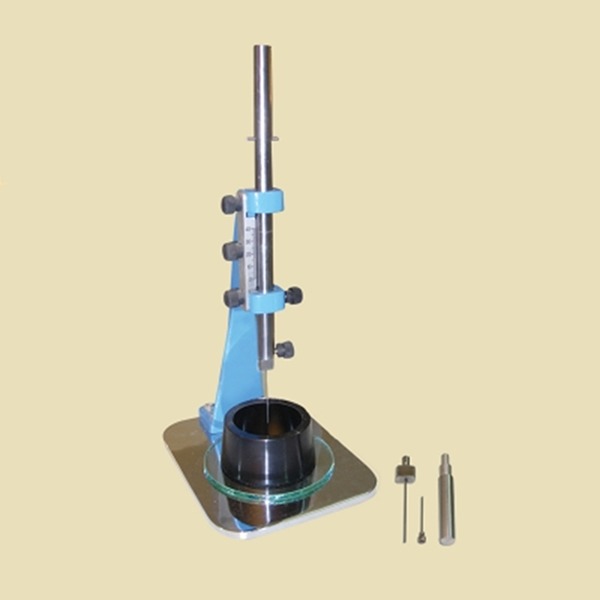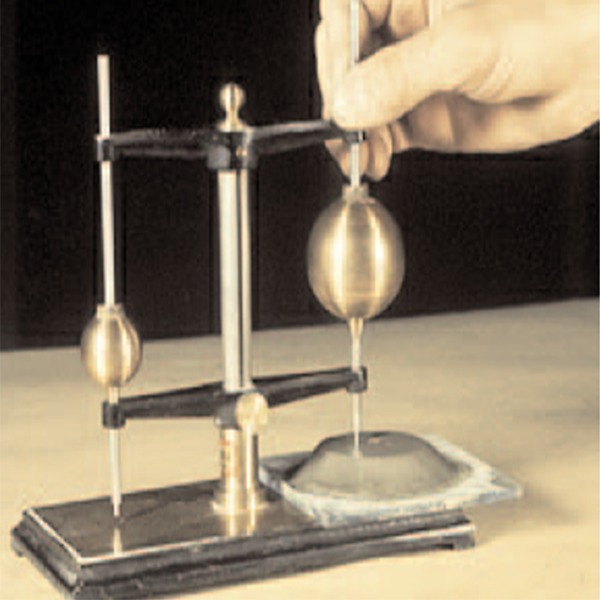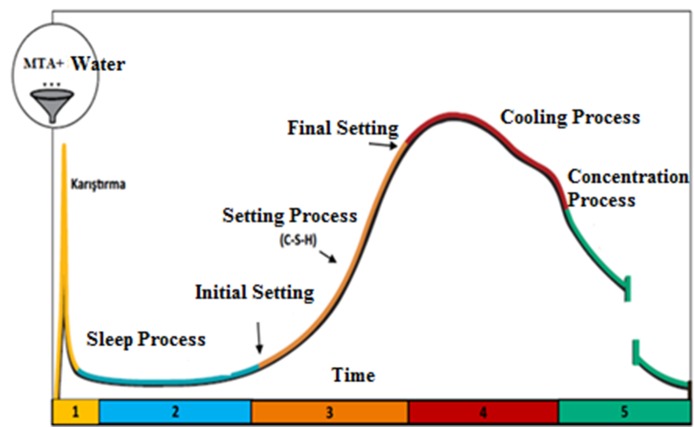The setting mechanism of mineral trioxide aggregate.
Journal of Istanbul University Faculty of Dentistry
Pub Date : 2016-01-12
eCollection Date: 2016-01-01
DOI:10.17096/jiufd.50128
引用次数: 13
Abstract
Mineral trioxide aggregate (MTA) is a powder containing calcium silicate composed of hydrophilic particles which harden at the presence of moisture. MTA was initially introduced as a root end filling material. Due its practical advantages that include superior biocompatility, effective sealing capability, and the ability to improve regeneration of the pulp and peripheral root tissues, it is used in different clinical applications such as pulp capping, apexification, pulpotomy and perforation. Despite being a promising material in endodontic treatment, MTA is not commonly used. Long setting time is the main clinical disadvantage of MTA. The aim of this review is to provide an overview of the current literature concerning the setting mechanism of MTA, accelerators and devices used to evaluate various steps of the hardening process.



矿物三氧化物骨料的凝结机理。
矿物三氧化物骨料(MTA)是一种含有硅酸钙的粉末,由亲水性颗粒组成,在水分存在时硬化。MTA最初是作为根端填充材料引入的。由于其优越的生物相容性、有效的封闭能力以及能够促进牙髓和周围根组织的再生等实用优势,它被用于不同的临床应用,如牙髓盖盖、根尖化、切髓和穿孔。尽管MTA在牙髓治疗中是一种很有前途的材料,但它并不常用。固定时间长是MTA的主要临床缺点。这篇综述的目的是对MTA的形成机制、加速剂和用于评估硬化过程各个步骤的装置的现有文献进行概述。
本文章由计算机程序翻译,如有差异,请以英文原文为准。
求助全文
约1分钟内获得全文
求助全文

 求助内容:
求助内容: 应助结果提醒方式:
应助结果提醒方式:


